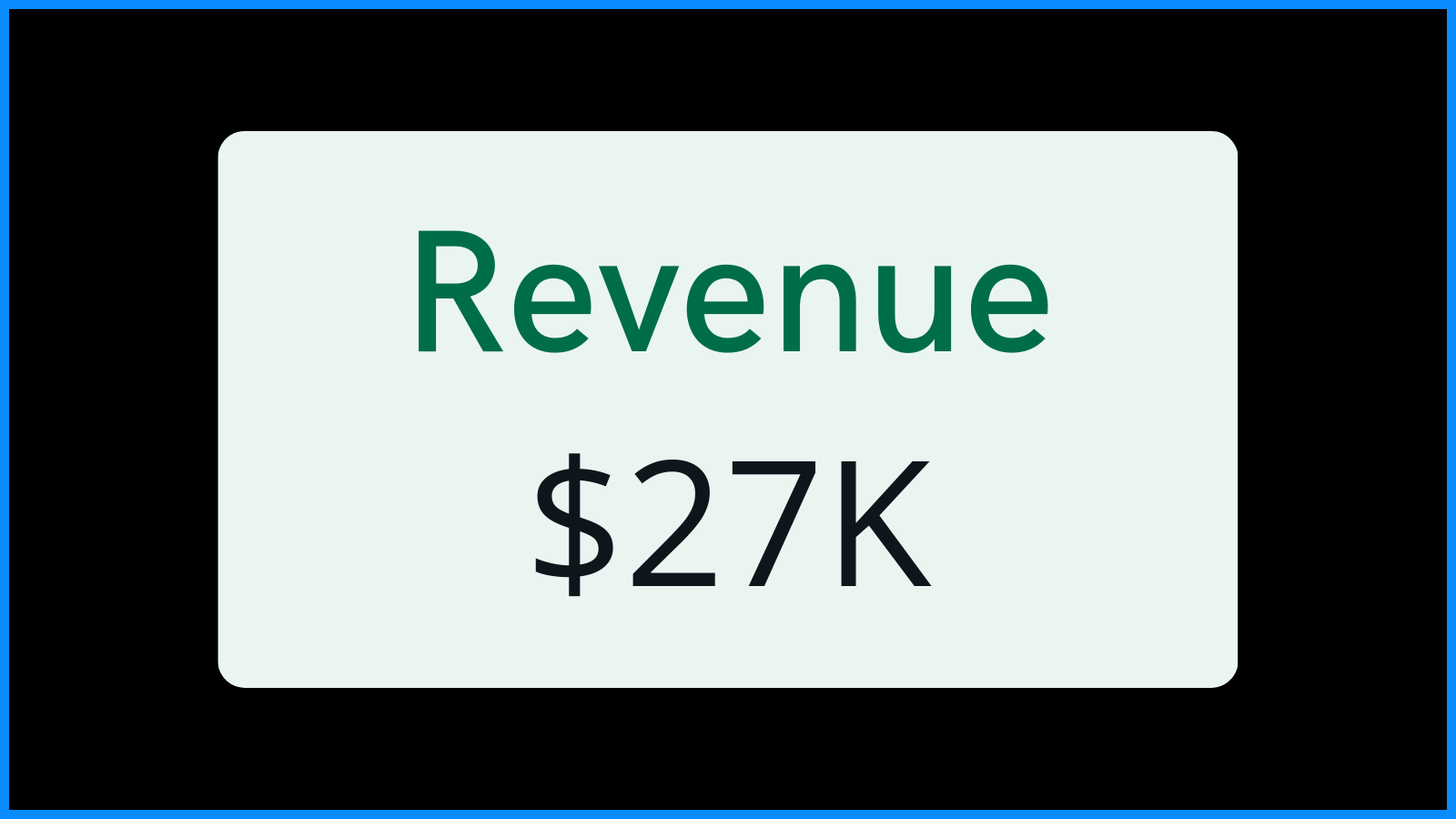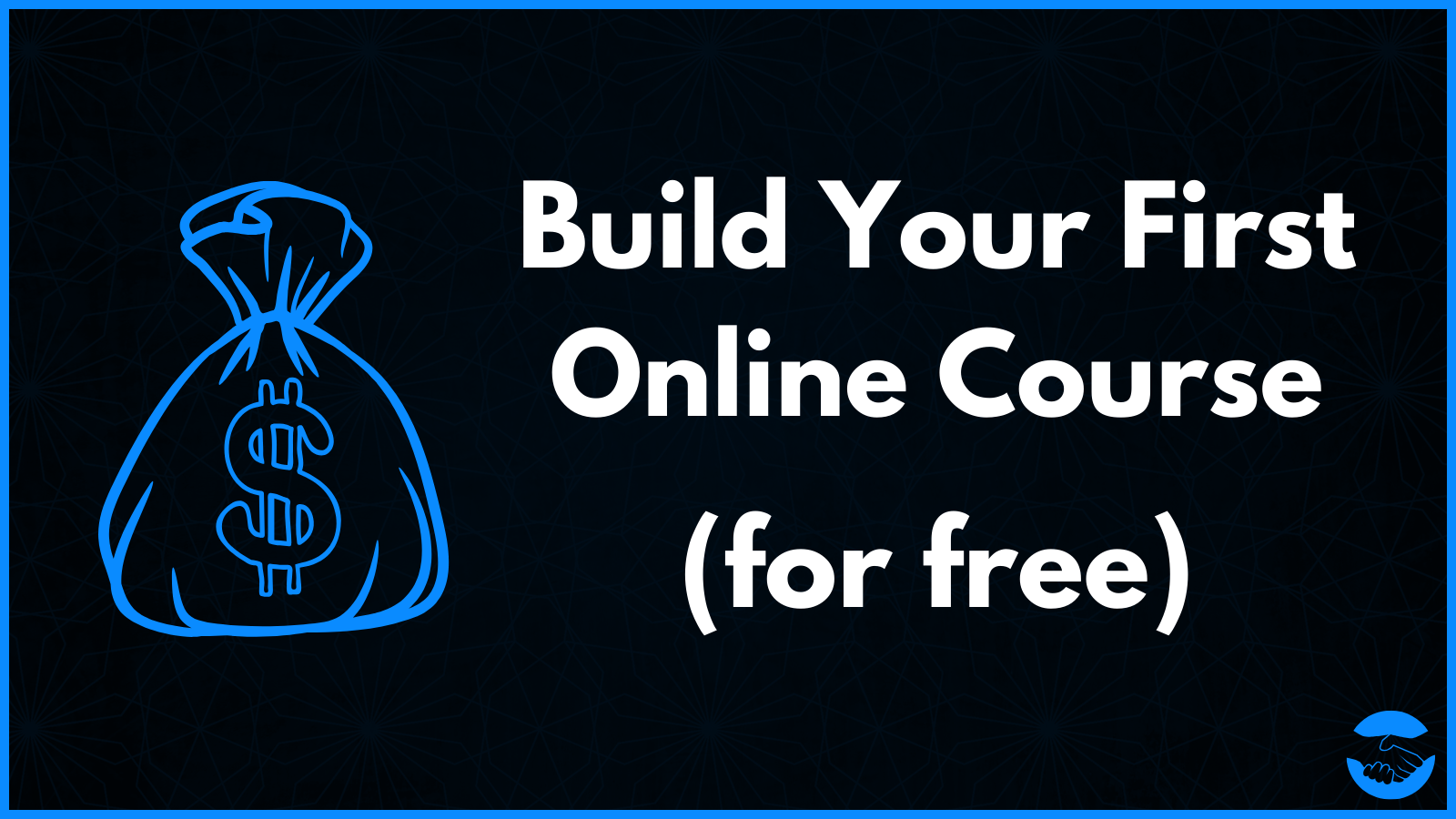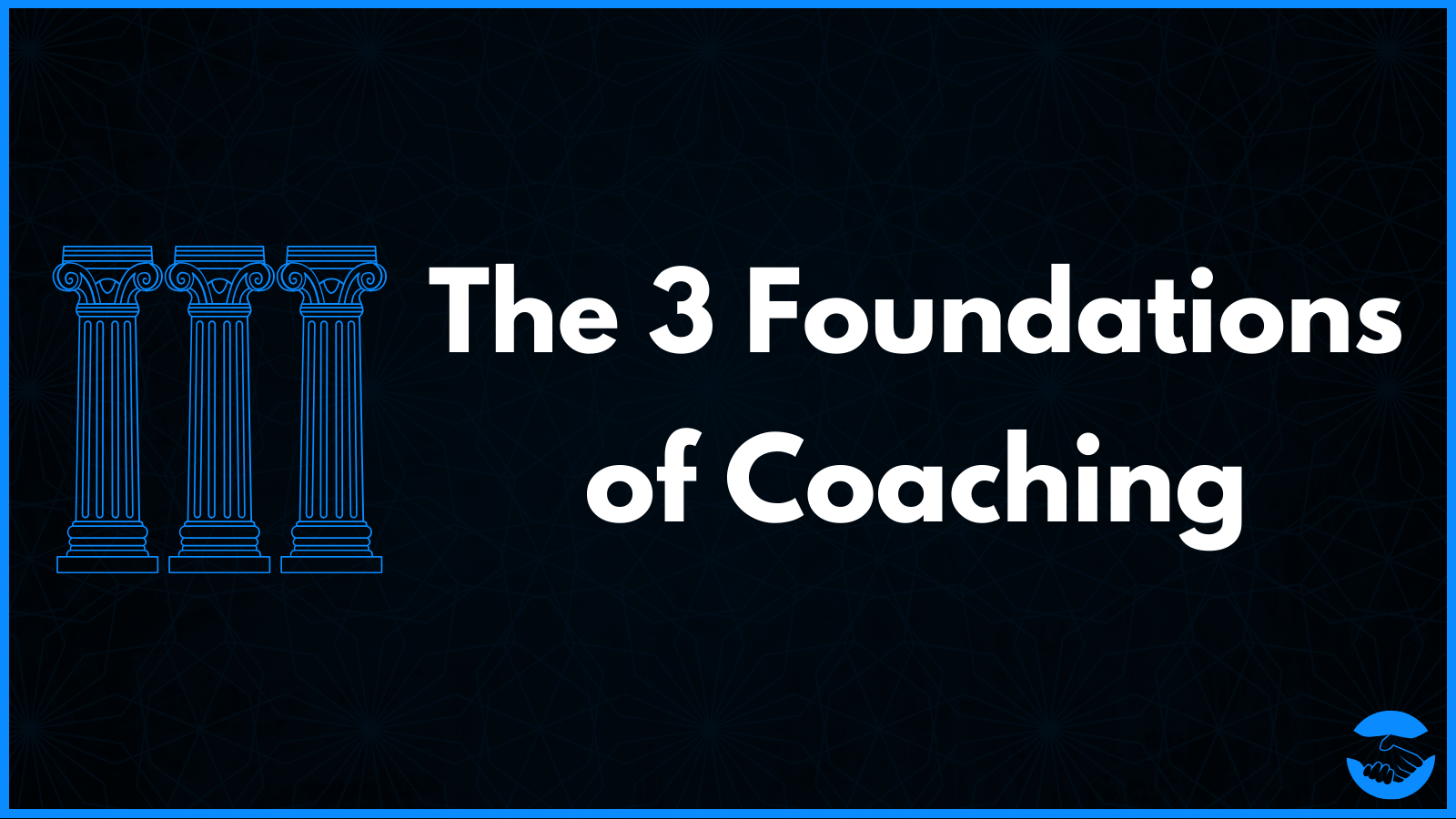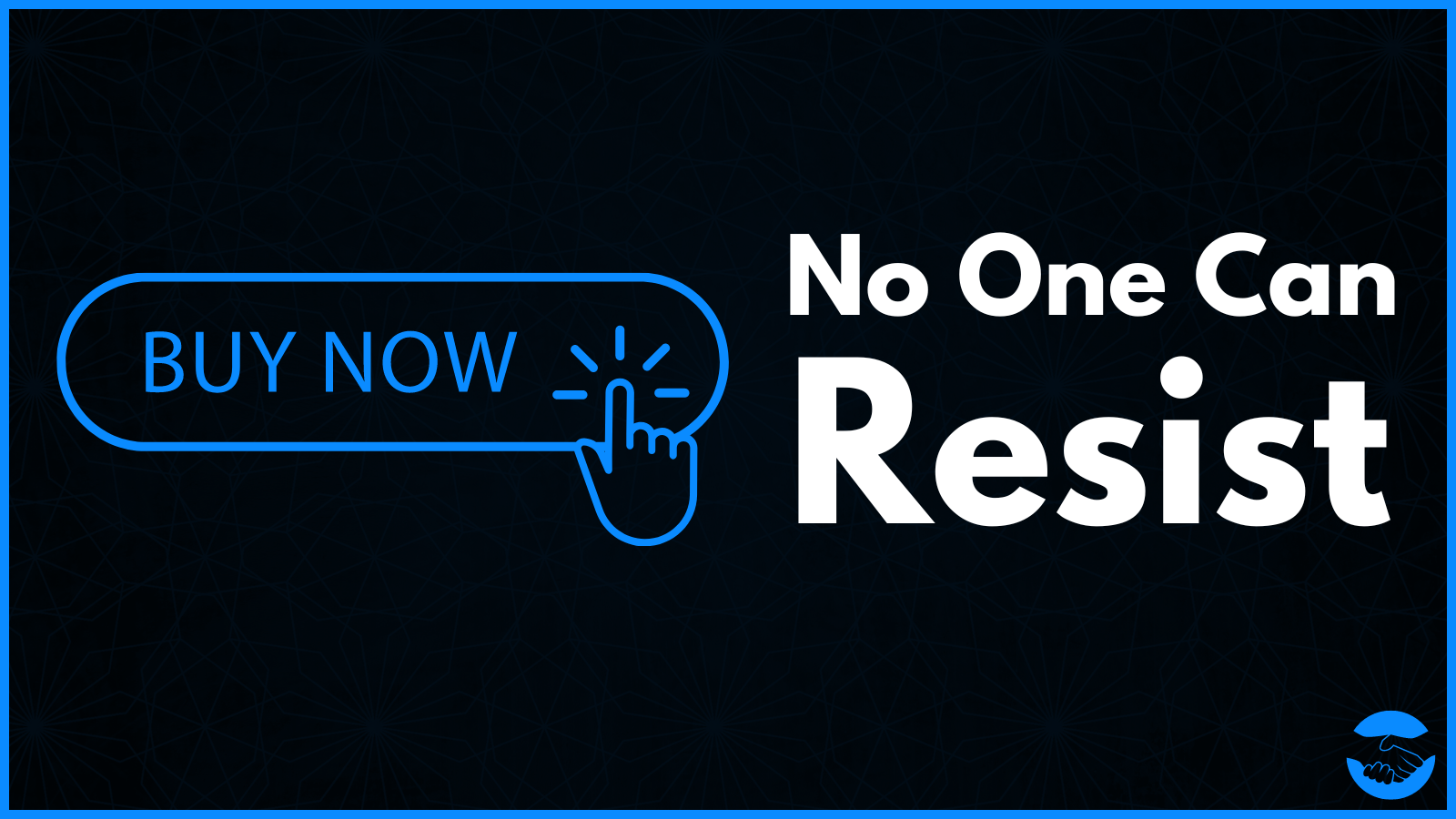One of the best things you can do as a coach to scale your impact and income is to create digital products like courses. Because after you build a course, it can sell 24/7/365 and doesn’t require you to spend more time to make more money.
I’ll regularly go to the gym for a couple hours and check my phone as I’m walking out the door to emails saying, “Congratulations! You just made a sale!” Because I tapped into the leverage that all coaches can tap into—the power of building courses people love.
But one of the biggest obstacles many coaches run into is analysis paralysis around which platform they should pick.
Should you go with the cheaper platform that’s $20/month, or the expensive one that’s $200/month?
I get it—if you’re like most coaches, you’re bootstrapped. Meaning every dollar you spend in your business is a dollar that’s coming out of your pocket. So you don’t want to waste those precious bucks.
Well I’ve got great news for you—I’ve figured out how you can make the cost of the platform you choose irrelevant.
Here’s how to build your first online course for free and with zero risk:
- Pick a course hosting platform.
- Take advantage of their free trial.
- Run a presell to end before the free trial ends.
- Send an onboarding survey to everyone who buys.
- If you hit validation, use presale revenue to pay for the platform and build based on what people said they wanted in the onboarding survey.
- If you don’t hit validation, refund anyone who bought and cancel your trial. Go back to the drawing board and create a new offer.
Here’s the detailed step-by-step process I used to launch my first online courses (that led to me making $27,000 in a month for one course, and $16,000 another month for another course with the same method)…
Step 1: Pick a Platform with a Free Trial
After trying out multiple course hosting platforms, I currently use and recommend Kajabi.
Here are a few reasons why:
- Makes spinning up a course super simple
- Easy to design landing pages for all your offers
- Built-in email marketing to get more people to buy and send course updates
- Simple analytics to see how much people are engaging with the course content
- Plus features like 1:1 and group coaching, Zoom-alternative for live sessions, and tons more
Kajabi’s free trial is normally 14 days, but if you use this affiliate link, you’ll get a 30-day free trial so you’ll have twice as much time to launch your own course for free
Ok, you’ve picked your platform and activated your free trial. The clock’s ticking, time for the next step…
Step 2: Create an MVP Offer
As a coach, you have a huge advantage when it comes to building a course—you already know what works!
Since you’ve been working with clients, you’ve already collected things like:
- Common struggles
- Common questions
- Common exercises and solutions that work
The way you create an MVP (minimum viable product) offer is to turn these observations into a curriculum that takes your ideal customer from where they currently are to where they want to be.
But don’t get bogged down in outlining every single idea you could jam into a course—keep it simple and concise.
Target one type of customer with one desired outcome—then outline the minimum steps (aka, the modules you’ll create) required to get them to that outcome.
As a rule of thumb, the shorter your course is (aka, the sooner they can achieve their desired outcome), the more likely someone is to buy your course.
Once you’ve outlined your offer, pick a price to charge.
How do you choose the “right” price to charge? There are tons of strategies, but here’s one I’ve used with great results…
Let’s use Kajabi as an example—the tier I started on is $199/month (which you can lower by signing up for their annual plan). Compared to lower tier platforms, that might sound expensive. So to make that price irrelevant, I priced one of my self-paced courses at $199—this meant that a single sale a month would cover the cost of my subscription (minus taxes, obviously).

You can use a similar pricing strategy or go higher/lower. Just consider how many sales you’ll need to make to break even on a monthly basis.
At this point, you’ve got the outline of your offer and the price.
Now put all this on your landing page (Kajabi makes this super simple and has several templates and AI generators to help speed up the process if you’re not a master copywriter). Then explain it’s a presale and because of that, they’ll get exclusive presale pricing, bonuses, or both.
This helps set expectations so people know they’ll have to wait to access your course.
The next step is to give people the ability to buy it (before you build it).
Step 3: Run a Presale
Building a course isn’t like Field of Dreams. The idea of “If I build it, they will come” is just that—a dream. In reality, a better (and zero risk) approach is the idea of “If they come, I will build it.”
This is where preselling comes in.
Remember, my free trial of Kajabi was for 30 days, so I set my presale period for one of my self-paced courses for 14 days.
I had a “validation number” of 10. Meaning if 10 people bought it during the 14-day presell period, that would be enough for me to start building it.
So for those 14 days, I heavily marketed the course presale through social media, my small email list, and colleagues whose audiences would find the course valuable.
The result?
During the 14-day presale period, I generated enough sales to pay for roughly 7 years’ worth of my Kajabi subscription.

Combining preselling and break-even pricing is how you make the cost of your subscription to a platform irrelevant.
So what happens when people purchase during the presale period if you don’t have anything built yet to give them?
Step 4: Send an Onboarding Survey
As soon as someone purchases, send them an onboarding survey thanking them for being an early supporter and asking a couple questions to maximize the course’s value to them.
I use tally.so because it’s free and awesome.
Onboarding surveys take the guesswork out of what to put in your course.
Customers literally tell you what they want to learn or achieve by the end of it.
Take their responses and create content that acts as a bridge that takes them from where they currently are to where they want to be.
Don’t overcomplicate it.
The shorter and simpler you can make your onboarding survey, the more likely people will be to take 1-2 minutes to fill it out.
I use a similar onboarding survey for all my courses, which is some version of:
- How do you describe yourself?
- What are the top 3-5 things you’re most interested in learning or being able to do by the end of this course?
- What are the top 3-5 things currently holding you back?
- Based on the previous question, what have you already tried to overcome the things holding you back (books, courses, etc.)?
- Is there anything else you’d like to add?
Now you know exactly what to put in the course (and on the landing page to sell the course after the presale period ends).
You already told them your outline for the course, so you have an idea of what will be in it. But sending an onboarding survey gives you tons of insights into what paying customers want that you may not have thought about—or there were things you planned to put in the course that no one asked for, so you know what to exclude to reduce bloat.
I used this strategy for a live course based on my coaching frameworks (that I’ve since turned into a self-paced course called Build an Intentional Life). Some of the most popular modules in the course would never have happened without sending an onboarding survey.

Based on responses, I realized there was a huge need around learning to understand and overcome limiting beliefs and toxic personal narratives that I hadn’t planned to put in the course. But I listened to my customers and gave them what they paid me to build for them.
The results of that presale?

Pretty decent.
Combining preselling and an onboarding survey is fantastic because people literally tell you what to build, and give you money to go build it.
Zero risk.
Zero stress.
Zero guessing.
Zero wasted effort.
Zero upfront money on your part.
All upside.
But we can’t forget the next step…
Step 5: Build or Bail
This is the most straightforward, but emotionally hardest part.
If you hit validation during your presale, then you build based on your own outline and what people said they wanted in the onboarding survey.
Give yourself a couple weeks to launch, and send emails along the way updating people and sharing sneak peeks to build excitement. Again, you can do all this inside Kajabi since it has built-in email marketing features.
If you don’t hit validation during your presale period, then issue refunds to anyone who did buy, cancel your free trial so you don’t have to pay anything, then go back to the drawing board.
Go through your onboarding survey responses and reach out to people who bought to learn more about what they’d like to buy in the future. This will help you have “warm leads” for the next offer you launch, which will make it easier to hit validation sooner.
It’s hard to bail on something you’re passionate about. But the age old mantra of entrepreneurship is let the market decide. If you don’t hit validation, it means the market decided it didn’t want your offer.
Here are common reasons you didn’t hit validation:
- You didn’t position it well enough for people to understand its value
- You didn’t identify a problem people already know they have before creating an offer that solves that specific problem
- You weren’t specific enough about who it was for, what desired outcome it helps them achieve, and what makes it worth buying right now
So consider how to tackle these when you’re creating your next offer.
This approach hasn’t just made me money, it’s saved me tons of time, headache, and stress. A few months ago, I ran a presale for a new offer.
Only one person signed up during the presale period…
So I refunded them and thanked them by giving them a complementary coaching session.

Instead of spending weeks and my own money building something only to find out no one wanted it, I found out early that not enough people wanted it to invest my own resources into building it.
So I went back to the drawing board with that information and started working on my next offer with more data than before.
Entrepreneurship is a lot like science—everything is data, everything is an opportunity to learn, experiment, and iterate.
So whether you hit validation or not, you’ve gained valuable data that will propel you to future success—even if it doesn’t feel like it right now.
And when you finally do hit validation, it’s time for the final step…
Step 6: Iterate and Scale
Once you’ve hit validation and built a great online course, the next step is to keep making it better.
Because the better you make it, the better results your customers will get.
The better results your customers get, the more they recommend it.
The more they recommend it, the more new customers you attract.
The more new customers you attract, the more money you make and the better you can make it.
Since launching my courses, I’ve helped hundreds of people transform their lives and businesses and scaled my income and impact far beyond what I could do only offering 1:1 coaching.
And if you build the right systems, you can easily scale from aiming to make one sale per month to making one sale per day.
One sale a day of a $199 course is $72,635 a year.
That’s enough to live off (with just one course) without having to spend 40 hours a week at a job you hate. Once your living expenses are covered, you’re free to spend your time on what matters—with your family, exploring your creativity, building more kickass courses, whatever.
Add on other online courses, coaching services, and other offers and your impact and income will continue to scale.
This is the power coaches can tap into by building online courses.
You get to make a living helping people by sharing what you know and build a business that supports your ideal lifestyle.
That’s the dream.
Wrap Up
Hopefully this proven step-by-step guide on how to build your first online course for free helped demystify the process and overcome analysis paralysis.
If you follow these simple steps:
- Pick a course hosting platform.
- Take advantage of their free trial.
- Run a presell to end before the free trial ends.
- Send an onboarding survey to everyone who buys.
- If you hit validation, use presale revenue to pay for the platform and build based on what people said they wanted in the onboarding survey.
- If you don’t hit validation, refund anyone who bought and cancel your trial. Go back to the drawing board and create a new offer.
You’ll build something amazing that paying customers can’t wait to get instead of wasting tons of time, money, and stress building something no one wants.
So you can spend more time scaling your income and impact and building a coaching business that supports your ideal lifestyle.
Ready to take your coaching business to the next level?
Activate your free 30-day trial of Kajabi now and start building your online course for free today.

And let us know how it goes! We’d love to celebrate with you and help you succeed!





